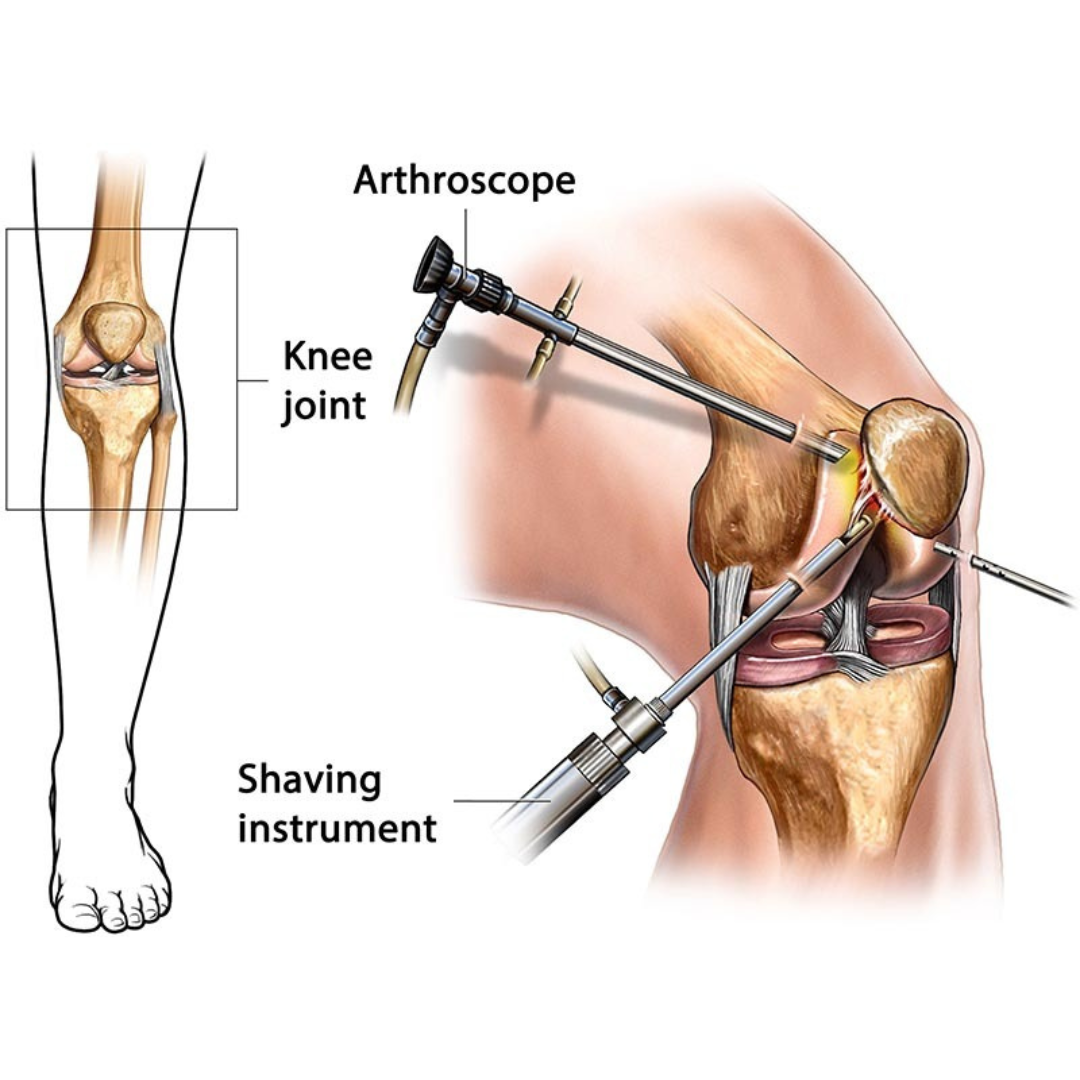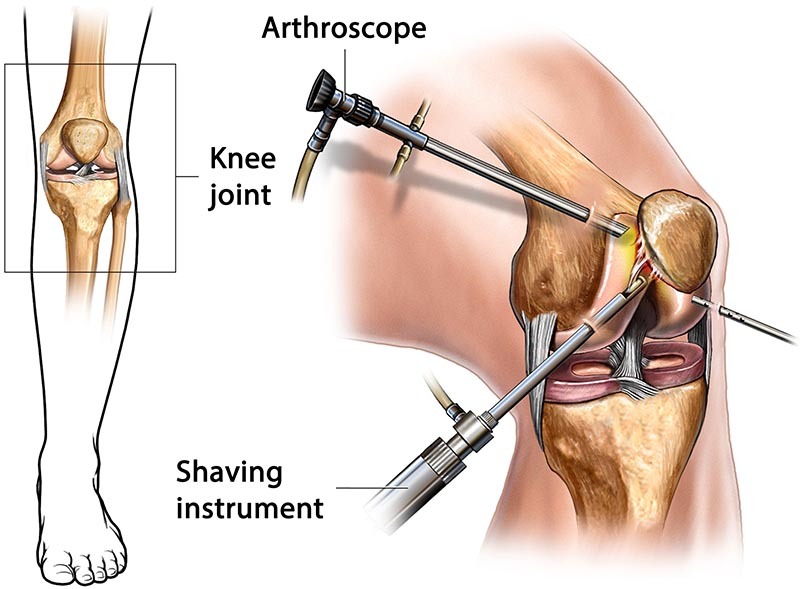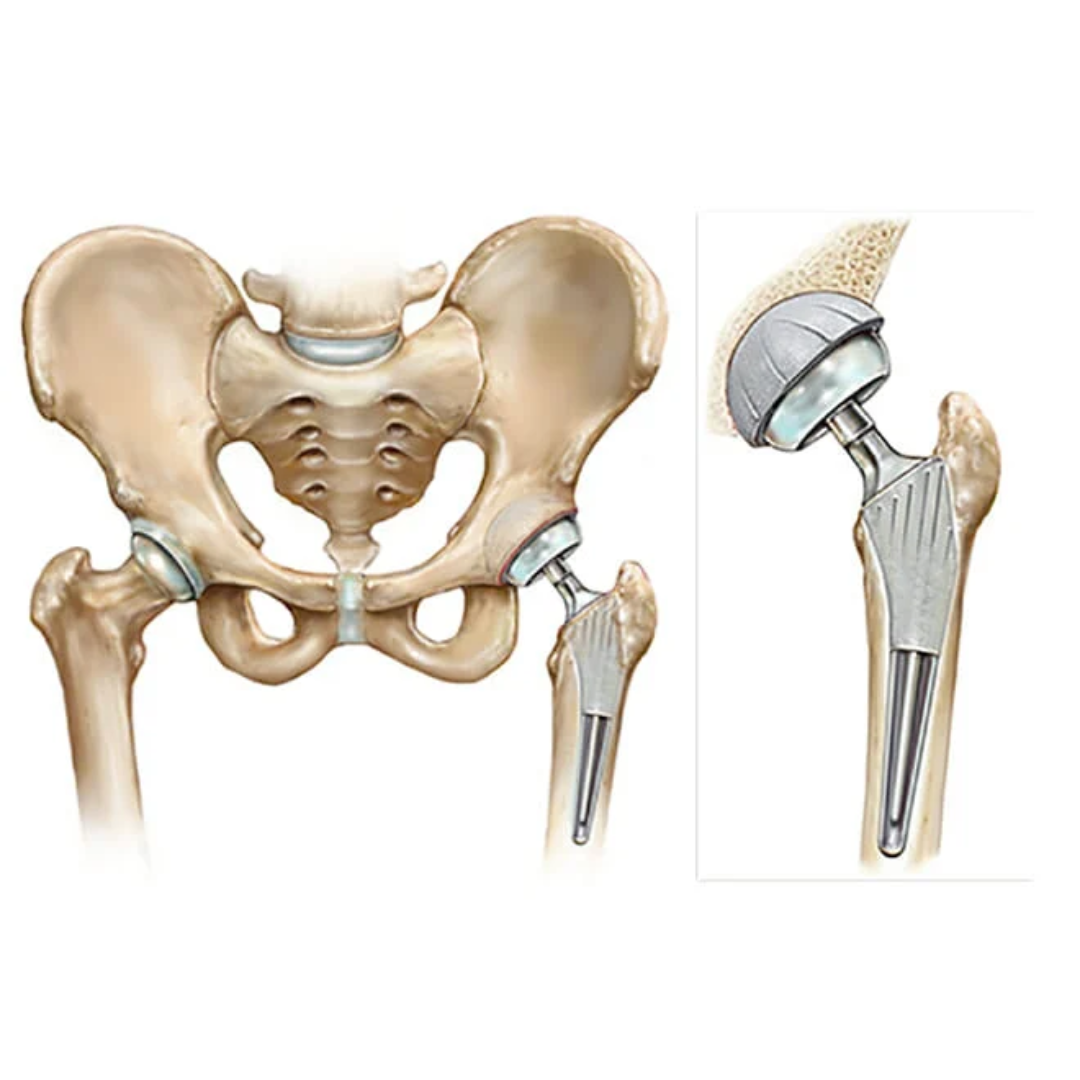Blogs
Arthroscopic ACL Reconstruction Surgery
Published On 2024-10-23 18:28:07
Understanding ACL Injuries and Road to Recovery: A Guide for Arthroscopic ACL Reconstruction Surgery
Arthroscopic ACL Reconstruction Surgery: Everything You Need to Know About ACL Injuries
The anterior cruciate ligament, or ACL for short, is the key structure of the knee that connects the femur, or thigh bone, with the tibia, or shin bone. In fact, this particular ligament looks to be about 3-4 centimeters in length. Although it acts as a crucial stabilizer for the knee joint, especially during twisting or pivoting movements as well as landing from a jump, it controls and balances the action for changing direction, thereby making it highly susceptible to injury in an active and sports-related environment.
What Triggers an ACL Injury?
While sports are the most common causes of ACL injuries, people also can hurt their ACLs while doing just everyday things, such as a sudden twisting motion of the knee or a direct blow to the knee. As one might predict, many people typically report a "popping" sensation at the time of injury and then feel that the knee may be unstable.
Common signs of an ACL injury often include:
- Difficulty walking
- Swelling around the knee, often within several hours of the injury
- Difficulty in moving the knee freely due to pain and swelling
- Pain on the lateral and posterior aspects of the knee
Despite the fact that the initial pain and swelling may subside with time, any rushed return to activities may lead to further injury, and sometimes, cartilage within the knee, such as the meniscus is injured.
Diagnosis of ACL Injury
A proper diagnosis of an ACL injury involves an in-depth, professional physical examination by an orthopedic specialist concerning the presence of edema, tenderness, and knee stability. Imaging tests are also essential for diagnosis. These give essential information on the degree of damage.
Some commonly applied imaging methods are as follows:
CT Scan : These can generate a highly detailed 3D image of bone structures, thus particularly useful in complex cases.
MRI: Very useful in the evaluation of soft tissue injuries like ligament or tendon tears.
Ultrasound: Invasive views of the muscles, tendons, and ligaments about the joint.
X-ray: To determine if there has been a fracture or avulsion of bone around the joint.
Arthroscopic ACL Reconstruction: Autograft vs Allograft
When the injury is severe, surgical reconstruction is often required. We performed arthroscopic surgery, a procedure with minimal tissue disruption, allowing for very rapid recovery time compared to open traditional surgery, here at ARTHRO 360° Orthopedic Hospital. In ACL reconstruction, it is common to replace the damaged ligament with tissue graft obtained from the patient's own body, known as an autograft, or from a donor, who is said to be an allograft.
- Allograft :This uses donor tissue and tends to be less painful post-surgery, along with a rapid return to activities of daily living. However, it isn't ideal for very active or sportive individuals since it has a higher chance of re-injury.
- Autograft : In autograft, tissue is obtained from your own body. In most cases, it is taken from the hamstring and kneecap. It is stronger and more viable for people less than 30 years old who are still very active. Although healing may take a longer time, most athletes prefer this type of graft since they usually only require surgery before a short duration of return to sports before regaining full strength.
Your surgical team will help you decide on the course of treatment best suited to your lifestyle, age, and activity level.
Road to Recovery after ACL Surgery
Recovery time often ranges from several months for the full return to functionality after undergoing ACL reconstruction surgery. Rehabilitation helps to rehabilitate muscle strength and joint coordination and prevent further injury.
In the immediate rehabilitation post-surgery, the patient would follow a rehabilitative program personalized, and coordinated by the orthopedic surgeon and the physical therapy team by using crutches. Any and all activities resumed, including sports, would be gradual and closely monitored for optimum recovery.
At ARTHRO 360°, we are devoted to getting our patients back on their feet quickly, returning them to a life full of strength, mobility and confidence, guiding them every step of the way from surgery to recovery.
Contact Us
For additional information on an ACL tear, treatment alternatives, or the exceptional care available from ARTHRO 360° physicians, contact us to schedule an appointment with one of our orthopedists today.







